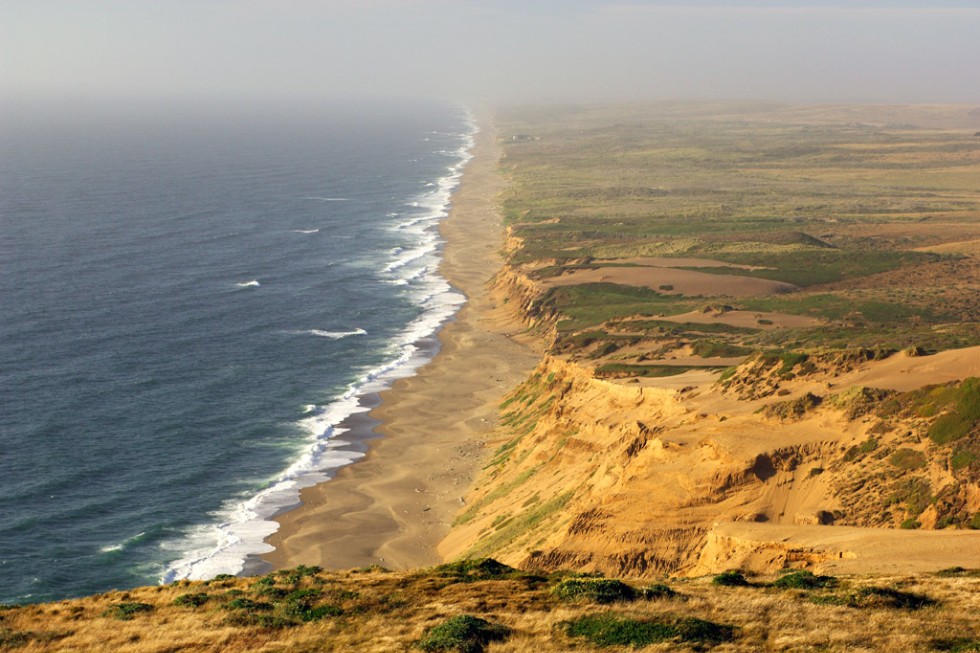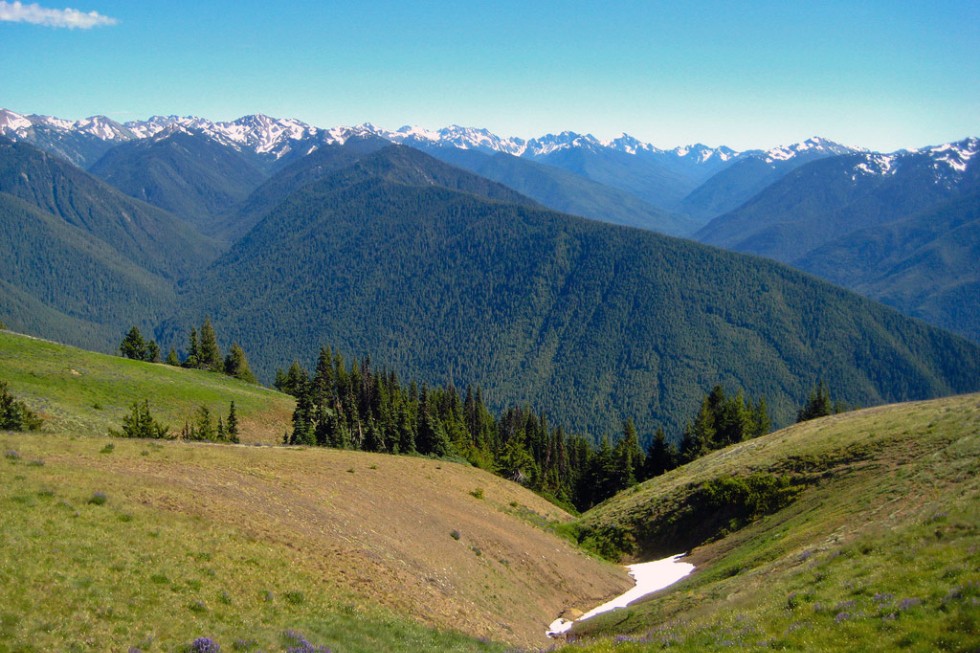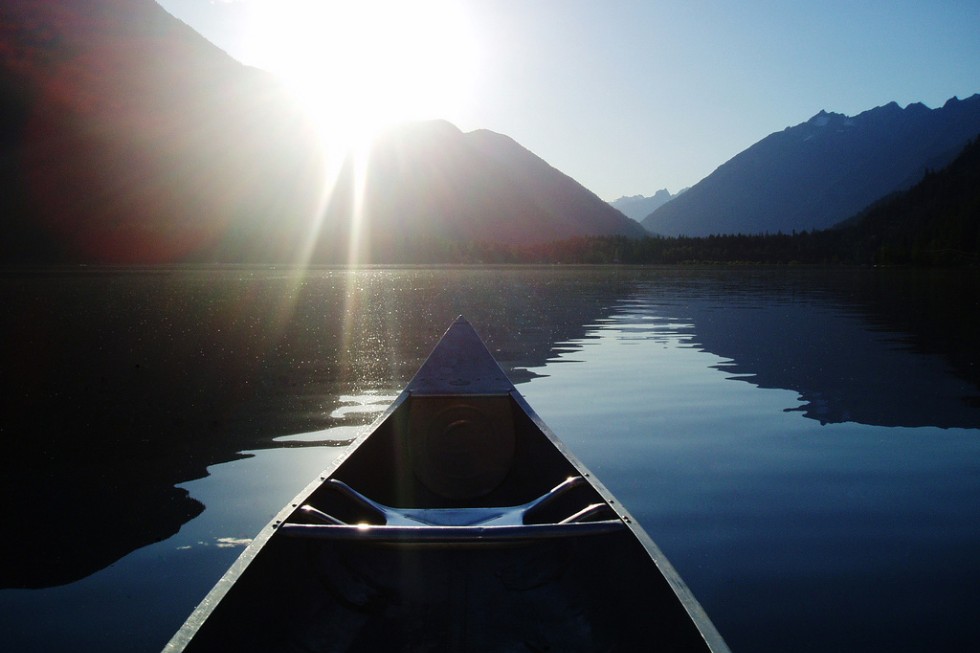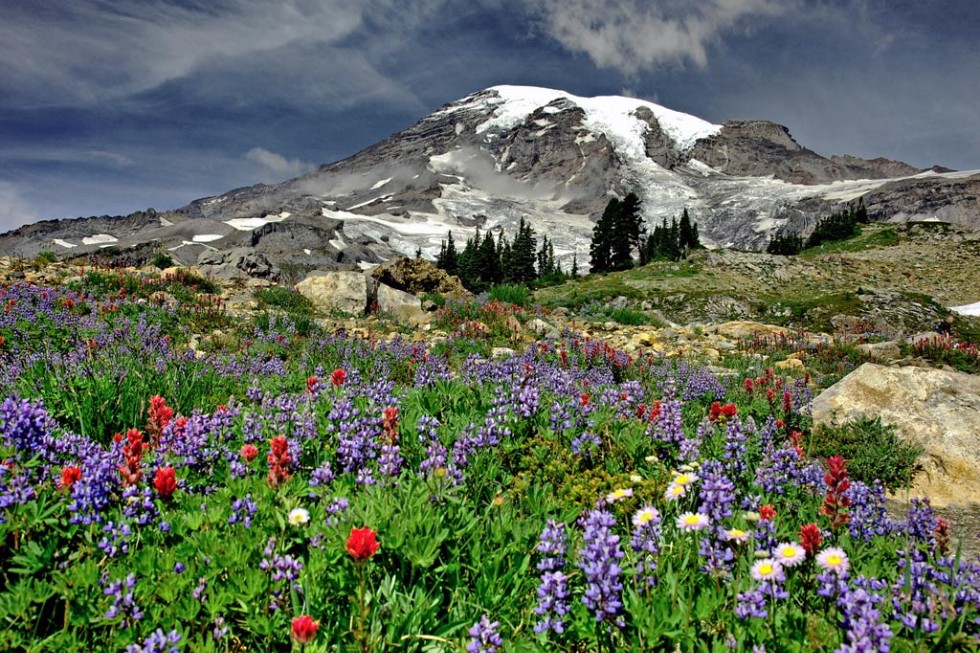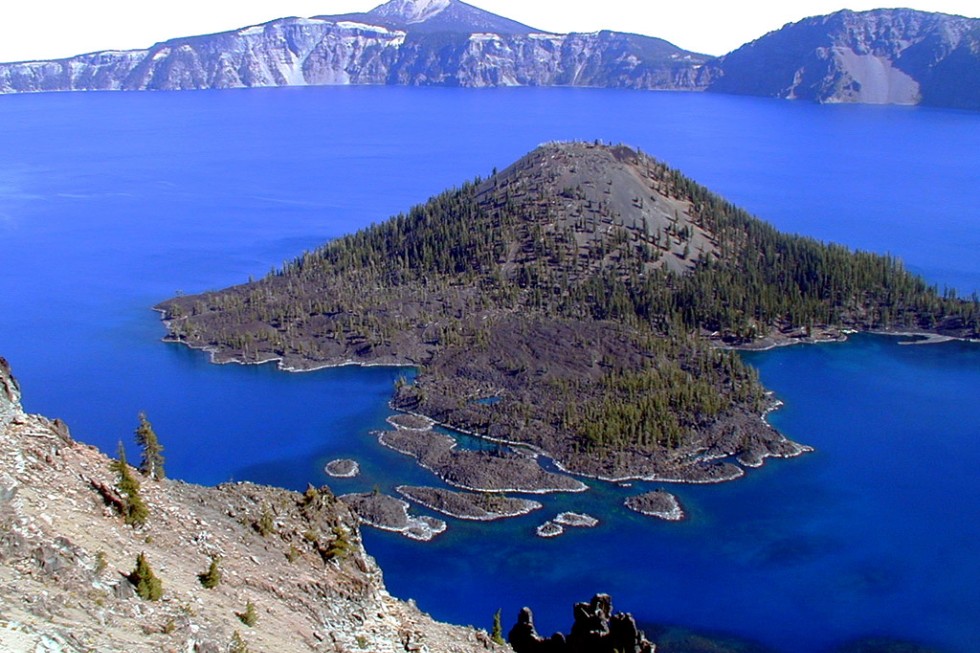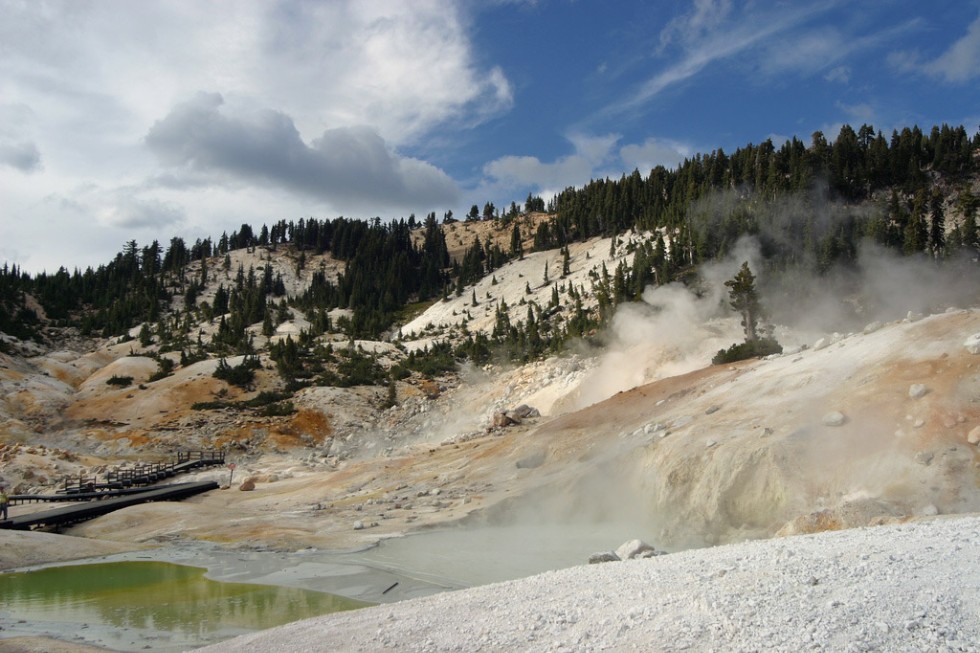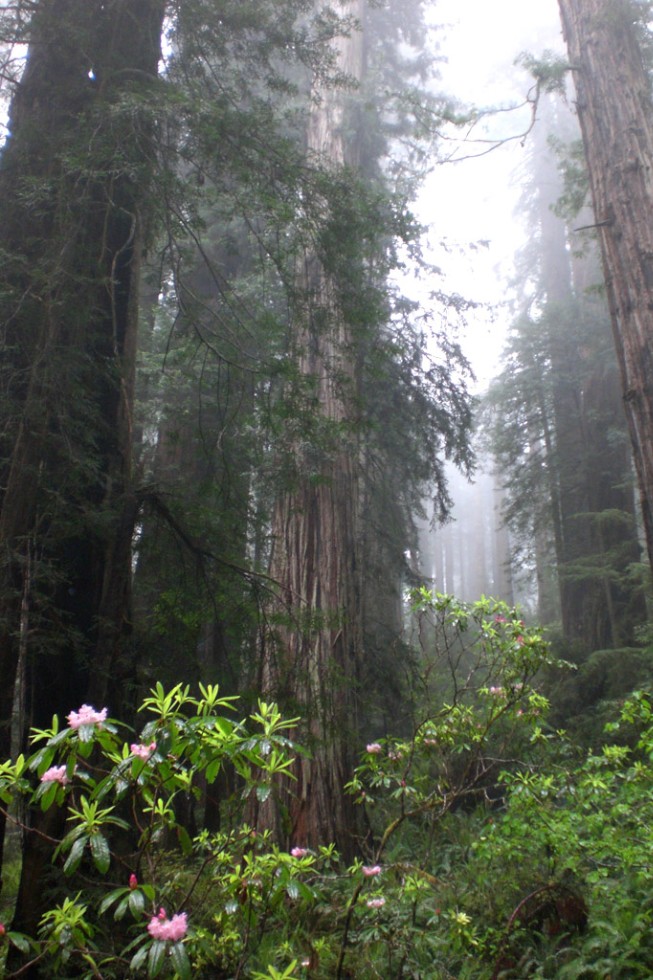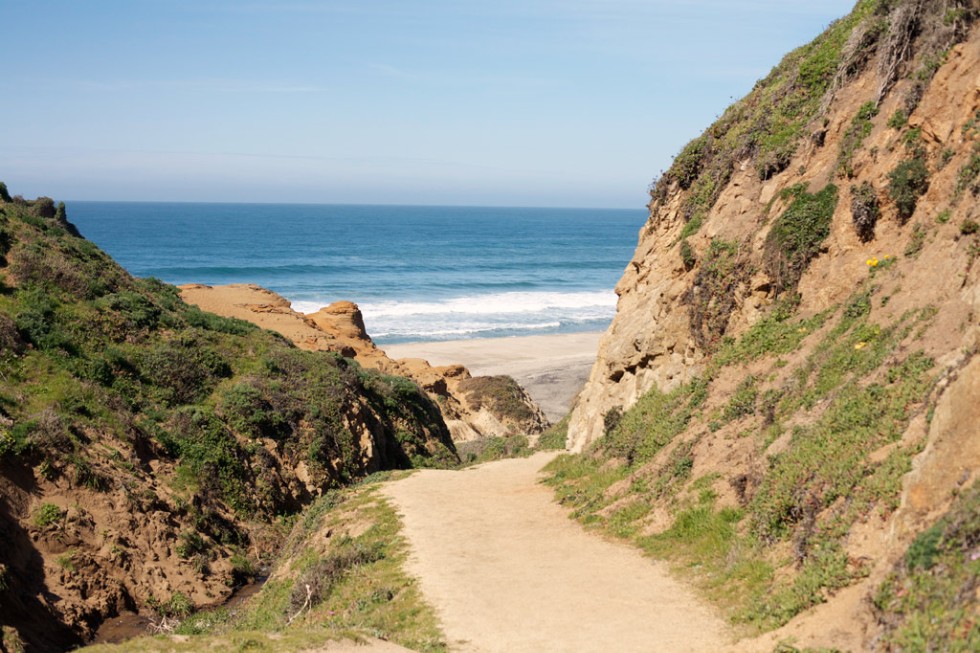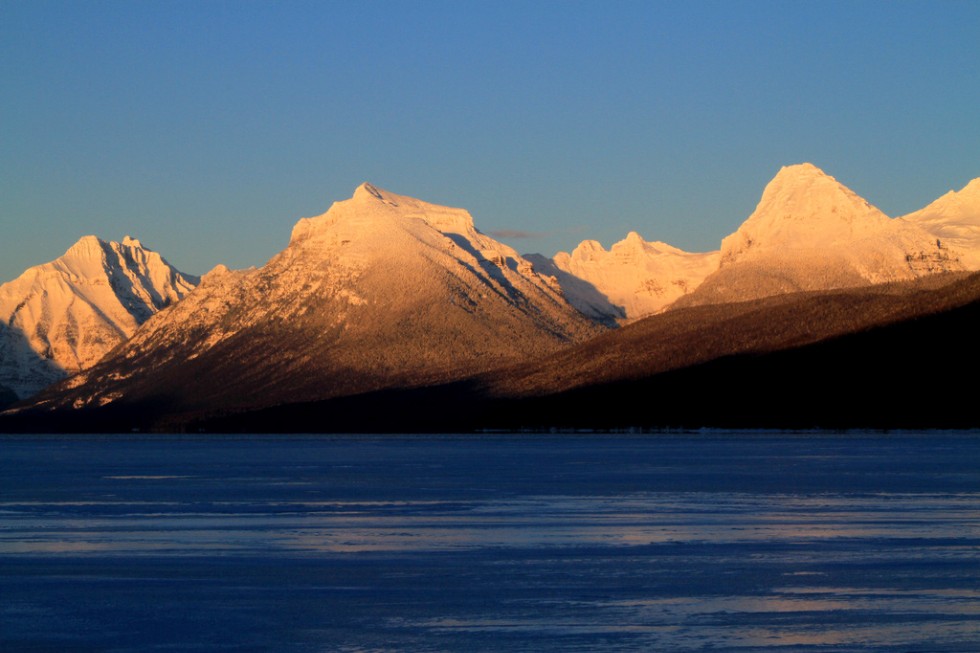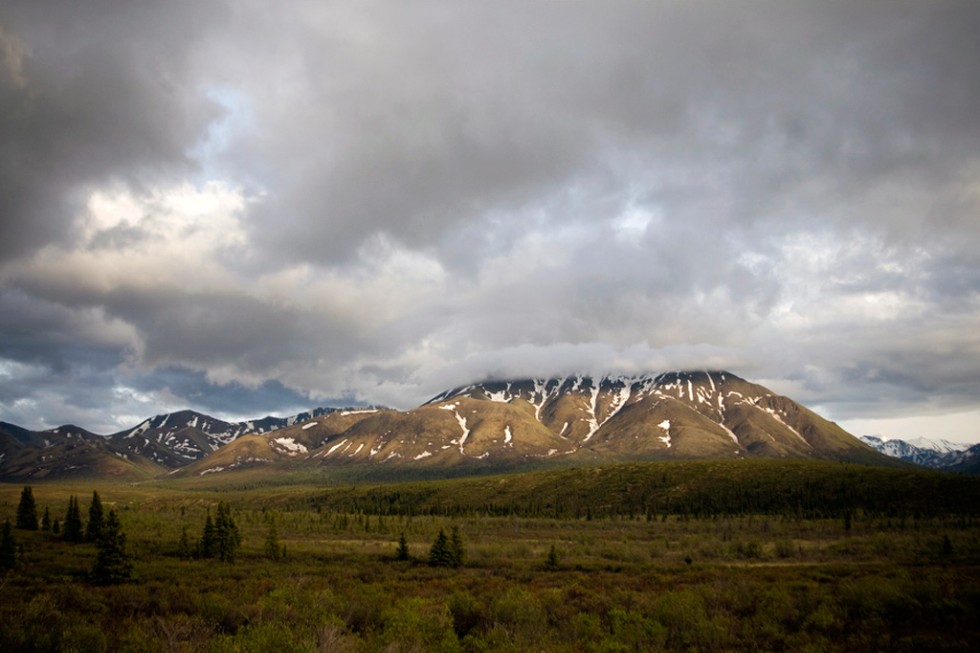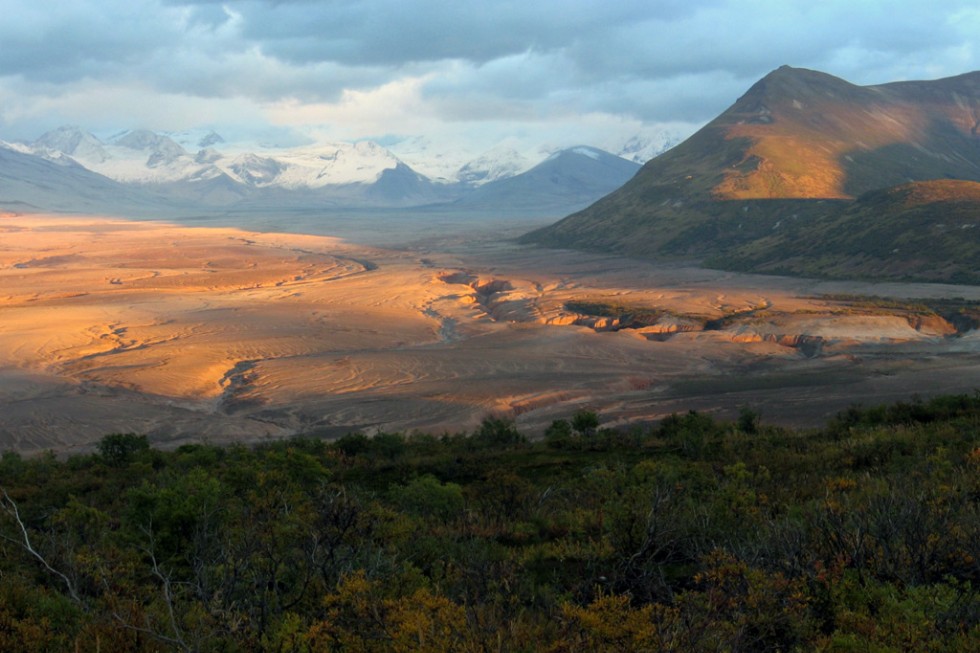Best National Parks of the Pacific Northwest
By Eric Peterson
Whether you head to water's edge or find a mountain to climb, the national parks of the Pacific Northwest are perfect fall getaways.
From the rain forests in Washington's Olympic National Park down to the windswept beaches of Point Reyes National Seashore north of San Francisco, each of these parks offers an easy escape.
Coastal and high-elevation reprieves from skyrocketing mercury aside, these parks also offer nearly every imaginable outdoor activity, including hiking, backpacking, fishing, and surfing. You may even spot some grizzly bears, gray whales, and wood frogs that freeze solid during the long winter only to jump back to life in spring.
Photo Caption: The beach at Point Reyes National Seashore
From the rain forests in Washington's Olympic National Park down to the windswept beaches of Point Reyes National Seashore north of San Francisco, each of these parks offers an easy escape.
Coastal and high-elevation reprieves from skyrocketing mercury aside, these parks also offer nearly every imaginable outdoor activity, including hiking, backpacking, fishing, and surfing. You may even spot some grizzly bears, gray whales, and wood frogs that freeze solid during the long winter only to jump back to life in spring.
Photo Caption: The beach at Point Reyes National Seashore
Olympic National Park, Washington
If it's ecological diversity you're after, it's tough to top Olympic National Park's patchwork of mountains, beaches, and rain forests. On the north side of the park, Hurricane Ridge offers views of the Olympic Mountains and the Strait of Juan de Fuca, a number of short day hikes, and a jumping-off point for backpacking expeditions into the peninsula's heart.
To the southwest, the Hoh Rain Forest features a 17-mile one-way trail through a labyrinth of rain-fed greenery to the glaciers atop Mount Olympus. And the far west side of the park is a rugged coastal wilderness dotted with pristine beaches as well as Kalaloch Lodge, featuring cabins with some of the best views on all of the West Coast.
More Info: www.nps.gov/olym
Photo Caption: Hurricane Ridge, Olympic National Park. Photo by yugenro/Flickr.com
To the southwest, the Hoh Rain Forest features a 17-mile one-way trail through a labyrinth of rain-fed greenery to the glaciers atop Mount Olympus. And the far west side of the park is a rugged coastal wilderness dotted with pristine beaches as well as Kalaloch Lodge, featuring cabins with some of the best views on all of the West Coast.
More Info: www.nps.gov/olym
Photo Caption: Hurricane Ridge, Olympic National Park. Photo by yugenro/Flickr.com
North Cascades National Park, Washington
One of the lesser-visited national parks, North Cascades balances huge swaths of glacier-clad wilderness with civilization in the form of the village of Stehekin, accessible only by foot or ferry.
Situated on the shores of Lake Chelan -- a recreation area managed jointly with the park -- Stehekin has a number of lodgings and other visitor amenities, as well as trailheads leading into the wilds of the park. This is some of the least impacted wilderness in the lower 48, one of the few places where grizzly bears and gray wolves avoided extermination in the early 20th century. Hardcore adventurers will want to explore Cascade Pass, offering opportunities for technical climbs as well as day and overnight hikes.
More Info: www.nps.gov/noca
Photo Caption: Canoeing on Lake Chelan, near Stehekin in North Cascades National Park
Situated on the shores of Lake Chelan -- a recreation area managed jointly with the park -- Stehekin has a number of lodgings and other visitor amenities, as well as trailheads leading into the wilds of the park. This is some of the least impacted wilderness in the lower 48, one of the few places where grizzly bears and gray wolves avoided extermination in the early 20th century. Hardcore adventurers will want to explore Cascade Pass, offering opportunities for technical climbs as well as day and overnight hikes.
More Info: www.nps.gov/noca
Photo Caption: Canoeing on Lake Chelan, near Stehekin in North Cascades National Park
Mount Rainier National Park, Washington
Like a totem to Seattleites, the vision of Mount Rainier on a clear day is hard to resist. The only 14,000-foot peak in the lower 48 not in California or Colorado, Rainier unmistakably dominates the horizon southeast of the city.
If you have serious mountaineering mettle, take a two- to three-day guided trek to the summit with a licensed outfitter -- no easy task -- but there are other ways to escape the crowds. The 93-mile Wonderland Trail circumnavigates the mountain; explore a segment or take two weeks and do the whole loop. Or head to the Carbon River area, where floods in 2006 closed the road to cars, but not hikers and bikers -- making for sparse crowds in this rainforest-like parcel of the park.
More Info: www.nps.gov/mora
Photo Caption: Mount Rainier. Photo by Yvonne Bauer/Frommers.com Community
If you have serious mountaineering mettle, take a two- to three-day guided trek to the summit with a licensed outfitter -- no easy task -- but there are other ways to escape the crowds. The 93-mile Wonderland Trail circumnavigates the mountain; explore a segment or take two weeks and do the whole loop. Or head to the Carbon River area, where floods in 2006 closed the road to cars, but not hikers and bikers -- making for sparse crowds in this rainforest-like parcel of the park.
More Info: www.nps.gov/mora
Photo Caption: Mount Rainier. Photo by Yvonne Bauer/Frommers.com Community
Crater Lake National Park, Oregon
Remote and snowbound for most of the year, Crater Lake's short summer season is worth the wait: The sapphire-like surface is one of the most hypnotic sights in the West. Below the surface is the deepest lake in the U.S. (it's nearly 4,000 feet to the crater floor), a byproduct of a violent eruption nearly 8,000 years ago.
Visitors should start at Crater Lake Lodge, among the most iconic of all national park lodges, then hop on a guided boat tour to Wizard Island, where you can hike the 760-foot summit. Or get away from the masses and hike Garfield Peak, the park's high point, for a bird's-eye gander of this impossibly beautiful lake.
More Info: www.nps.gov/crla
Photo Caption: Wizard Island at Crater Lake National Park
Visitors should start at Crater Lake Lodge, among the most iconic of all national park lodges, then hop on a guided boat tour to Wizard Island, where you can hike the 760-foot summit. Or get away from the masses and hike Garfield Peak, the park's high point, for a bird's-eye gander of this impossibly beautiful lake.
More Info: www.nps.gov/crla
Photo Caption: Wizard Island at Crater Lake National Park
Lassen Volcanic National Park, Northern California
Lassen Peak blew its top in a big way in 1915, producing a six-mile-high mushroom cloud that was visible for hundreds of miles. The eruption reshaped the landscape in ways that remain easy to spot nearly a century later -- a fleeting moment in geological time. To get a sense of this tumultuous change, hike the five-mile round-trip up 2,000 feet to the volcano's summit, but those not inclined to lace up their boots have plenty to see below: The aptly named Devastated Area, laid bare by volcanism but now enjoying the return of evergreen, and Bumpass Hell, one of the most active geothermal areas this side of Yellowstone. Wannabe cowboys will want to hang their hats at the Drakesbad Guest Ranch, one of the few dude ranches in the national park system.
More Info: www.nps.gov/lavo
Photo Caption: Lassen Volcanic National Park. Photo by Vlad & Marina Butsky/Flickr.com
More Info: www.nps.gov/lavo
Photo Caption: Lassen Volcanic National Park. Photo by Vlad & Marina Butsky/Flickr.com
Redwood National and State Parks, Northern California
For some perspectives, there are few activities better than a walk in the woods in Redwood National and State Parks, home to the tallest trees on the planet. Humanity's trials and tribulations pale in comparison to the size (over 360 feet), age (up to 2,000 years old), and plight (more than 80% has been logged) of the redwood forest. Get off the beaten path and take the unpaved Howland Hill Road to Boy Scout Tree Trail for a hike into the dark heart of this amazing forest. Gold Bluffs Beach is another highlight, featuring a picture-perfect campground within shouting distance of the Pacific Ocean and easy access to Fern Canyon Trail. Over the course of a short hike, you could see elk, gray whales, and banana slugs.
More Info: www.nps.gov/redw
Photo Caption: Coast Redwoods at Redwood National and State Parks, California
More Info: www.nps.gov/redw
Photo Caption: Coast Redwoods at Redwood National and State Parks, California
Point Reyes National Seashore, Northern California
Just 30 miles north of San Francisco, Point Reyes is another world: wild and unique, with surprises around every corner. There's history -- a replica Coast Miwok Indian Village; plenty of references to Sir Francis Drake, who landed here in 1579; a retired 1870 lighthouse; and active farms that date back more than a century.
Then there's geology: Point Reyes is on the Pacific Tectonic Plate, separated from points east -- which sit on the North American Plate -- by the San Andreas Fault. (The entire peninsula moved 20 feet northward during the 1906 quake that devastated San Francisco.) If you can take just one hike, head out on the nine-mile round-trip to land's end at Tomales Point, jutting out between the Pacific Ocean and Tomales Bay. Just outside the seashore boundaries are some of the most delightful lodgings of any national park, including the Black Heron Inn, Olema Druids Hall, and Motel Inverness.
More Info: www.nps.gov/pore
Photo Caption: Tomales Point at Point Reyes National Seashore, California. Photo by Ryan Grimm/Flickr.com
Then there's geology: Point Reyes is on the Pacific Tectonic Plate, separated from points east -- which sit on the North American Plate -- by the San Andreas Fault. (The entire peninsula moved 20 feet northward during the 1906 quake that devastated San Francisco.) If you can take just one hike, head out on the nine-mile round-trip to land's end at Tomales Point, jutting out between the Pacific Ocean and Tomales Bay. Just outside the seashore boundaries are some of the most delightful lodgings of any national park, including the Black Heron Inn, Olema Druids Hall, and Motel Inverness.
More Info: www.nps.gov/pore
Photo Caption: Tomales Point at Point Reyes National Seashore, California. Photo by Ryan Grimm/Flickr.com
Glacier National Park, Montana
The easternmost park in this round-up, Glacier National Park owes the dense greenery on its west side to Pacific moisture that makes its way here on cloud after billowy cloud. One of the best drives in the West, Going-to-the-Sun Road crosses through the park's alpine crown, offering views of the park's titular glaciers as well as superlative mountain scenery, wildlife, and waterfalls.
Stop at Logan Pass for a hike on the Highline Trail; expect to see a mountain goat or two. Below, Lake McDonald is a postcard-worthy body of water and the largest lake in the park, featuring several lodging options along its shores.
More Info: www.nps.gov/glac
Photo Caption: Lake McDonald in Glacier National Park
Stop at Logan Pass for a hike on the Highline Trail; expect to see a mountain goat or two. Below, Lake McDonald is a postcard-worthy body of water and the largest lake in the park, featuring several lodging options along its shores.
More Info: www.nps.gov/glac
Photo Caption: Lake McDonald in Glacier National Park
Denali National Park Region, Alaska
You're more likely to see a grizzly than the oft-shrouded summit of Denali (a.k.a. Mount McKinley), but no matter: The park surrounding the highest peak in the U.S. is one of the most pristine ecosystems on the continent. There is only one road going to the heart of the park -- the 92-mile Denali Park Road -- and only park buses are allowed past Mile 15; narrated tours and shuttle buses to trailheads are available. The park's habitat supports an amazing variety of animal species, including bears, wolves, moose, and caribou, as well as golden and bald eagles and one lone amphibian: The wood frog, who freezes solid with nary a heartbeat during Denali's long winters, then thaws and comes back to life in the spring.
More Info: www.nps.gov/dena
Photo Caption: The foothills of the Alaska range in Denali National Park
More Info: www.nps.gov/dena
Photo Caption: The foothills of the Alaska range in Denali National Park
Katmai National Park & Preserve, Alaska
Bigger than Yellowstone at roughly 5 million acres, Katmai National Park & Preserve attracts just a fraction of the millions of people that flock to the former park: Less than 100,000 visitors make it here each year. But once they do, they are more often than not mesmerized by this vast and wild park. The centerpiece: the Valley of Ten Thousand Smokes, a massive ash flow deposited by Novarupta Volcano, which last erupted in 1912.
Fishing, hiking, and boating are the prime recreational pursuits here, not to mention bear viewing -- about 2,000 grizzlies call the park home.
More Info: www.nps.gov/katm
Photo Caption: Sunset over the Valley of Ten Thousand Smokes in Katmai National Park & Preserve, Alaska
Fishing, hiking, and boating are the prime recreational pursuits here, not to mention bear viewing -- about 2,000 grizzlies call the park home.
More Info: www.nps.gov/katm
Photo Caption: Sunset over the Valley of Ten Thousand Smokes in Katmai National Park & Preserve, Alaska





